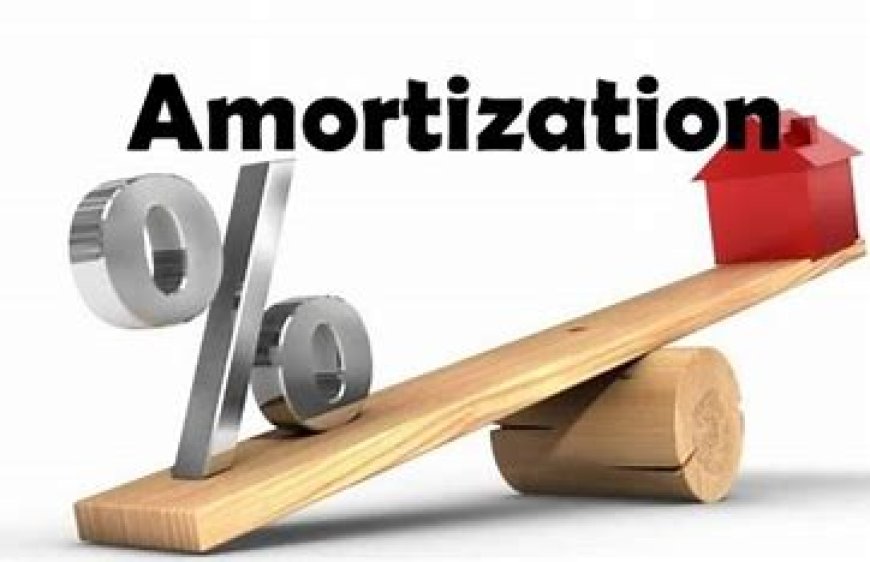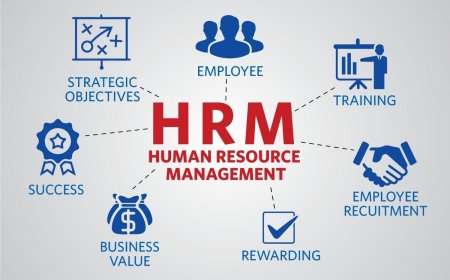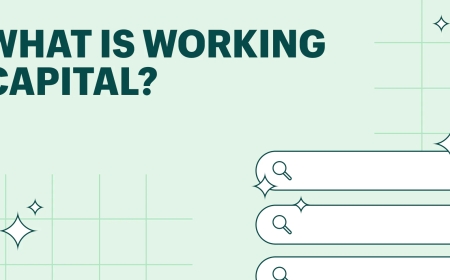Introduction to Amortization for Kids & Adults

INTRODUCTION:
Amortization is a way to pay off a debt, like a loan, over time through regular payments. It helps you break down a big debt into smaller, more manageable pieces. In India, we often come across amortization when we take loans for buying a house, a car, or funding education.
When you take a loan, let's say for buying a house, the bank or lender gives you a specific amount of money. However, they expect you to pay it back over a certain period, along with an additional charge called interest. This is where amortization comes into play.
Instead of paying back the entire loan amount in one go, amortization allows you to pay it back in smaller chunks called installments. Each installment includes two parts: the principal amount (the actual money you borrowed) and the interest (the extra charge). Over time, the installment amount reduces, and you gradually pay off the debt.
Amortization is commonly used for various loans in India, such as home loans, car loans, education loans, and personal loans. It helps individuals fulfill their dreams of owning a house, a car, or pursuing higher education by enabling them to repay the borrowed money in regular installments that fit their budget.
Remember, with each installment, you are not only paying off the loan amount but also slowly reducing the total interest you need to pay. Eventually, at the end of the loan term, you would have paid off the entire debt, including both the principal and the interest.
Amortization is a practical and widely used concept in India, allowing people to achieve their goals while managing their financial commitments effectively.
Examples for Kids:
Saving for a Toy:
Imagine you want to buy a new toy that costs Rs. 1000, but you don't have enough money right now. Instead of paying the full amount at once, you decide to save Rs. 100 every month. After 10 months, you will have saved Rs. 1000, and you can buy the toy. This process of saving a fixed amount each month until you reach the total cost is similar to amortization.
Weekly Pocket Money:
Let's say you receive Rs. 50 as your weekly pocket money. You plan to save Rs. 10 each week in a piggy bank. After 5 weeks, you would have saved Rs. 50, and you decide to buy a small item worth Rs. 50. By saving a fixed amount each week and spending it once you reach the desired amount, you are practicing a simplified version of amortization.
Repaying a Friend:
Suppose you borrowed Rs. 200 from your friend to buy a game. You promise to repay Rs. 50 every month until you have paid off the full amount. After 4 months, you will have repaid the entire debt. This is an example of amortization because you are paying back a fixed amount over a specific period to settle the borrowed money.
EMI for a Bicycle:
Imagine you want to buy a bicycle worth Rs. 2000. Instead of paying the full amount upfront, you decide to pay in monthly installments (EMIs). You agree to pay Rs. 400 per month for 5 months. After the 5th month, you would have paid off the total cost of the bicycle. This is similar to how amortization works for larger purchases like a house or a car.
Loan for a School Project:
Suppose your school is organizing a field trip, and you need to contribute Rs. 100 each month for 6 months to cover the costs. The school allows you to pay in installments to make it easier for everyone. By contributing a fixed amount each month until the trip, you are using a simplified form of amortization to pay for the project.
Examples for Layman Adults:
Home Loan:
Imagine you want to buy a house worth Rs. 50 lakhs, but you don't have the full amount. You decide to take a home loan from a bank. The bank offers you a loan term of 20 years with an interest rate of 8% per annum. Each month, you will make a fixed payment that includes both the principal amount and interest. Over time, your monthly payments will gradually reduce the outstanding loan balance until it is fully repaid.
Car Loan:
Suppose you plan to buy a car worth Rs. 10 lakhs. Instead of paying the entire amount upfront, you opt for a car loan from a bank. The bank agrees to lend you the money for 5 years at an interest rate of 10% per annum. You will make monthly payments that include both principal and interest, gradually paying off the loan over the loan term.
Education Loan:
Imagine you want to pursue higher education and need Rs. 20 lakhs for your studies. You approach a bank and take an education loan. The bank offers a repayment period of 7 years with an interest rate of 9% per annum. You will make monthly payments that include both the principal amount borrowed and the interest charged. By making these regular payments, you will gradually pay off the loan over time.
Amortization, in the Indian context, refers to the process of gradually reducing or spreading out the cost of an intangible asset or a long-term liability over a specific period of time. It is commonly used for assets such as patents, copyrights, or goodwill, as well as for long-term loans or mortgages. Instead of recognizing the entire cost or liability upfront, amortization allows for allocating the expense over the asset's useful life or the loan's repayment period. This helps in matching the expense with the revenue or benefit generated from the asset, providing a more accurate representation of the financial position and performance of a company. Amortization can have tax implications and is governed by accounting standards and regulations in India. By amortizing the cost or liability, companies can manage their financial obligations and ensure a more accurate reflection of their financial statements over time.
What's Your Reaction?
 Like
0
Like
0
 Dislike
0
Dislike
0
 Love
0
Love
0
 Funny
0
Funny
0
 Angry
0
Angry
0
 Sad
0
Sad
0
 Wow
0
Wow
0








































































